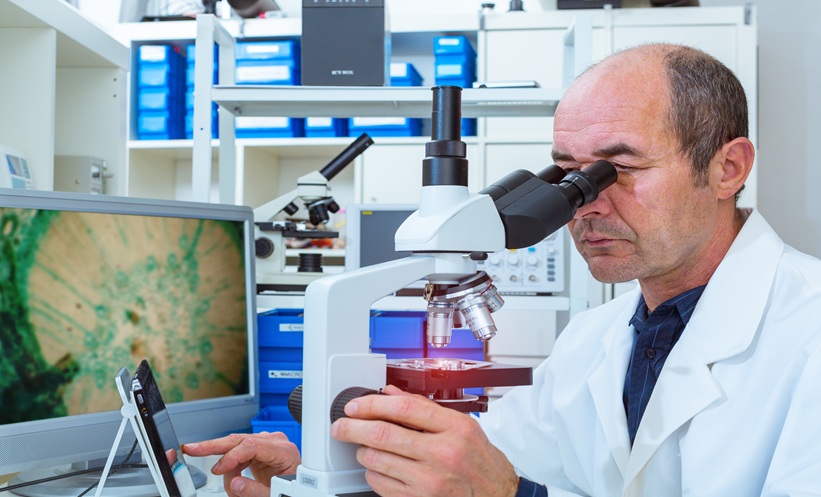AN ARTIFICIAL intelligence tool trained on digital pathology slides has demonstrated clinical-grade accuracy for detecting EGFR mutations in lung adenocarcinoma and significantly reduced reliance on molecular testing, according to results from a large-scale real-world deployment study.
The fine-tuned AI model, built on an open-source foundation and trained using 8,461 digital histopathology slides from an international cohort, was developed to detect EGFR mutations from hematoxylin and eosin–stained tissue sections. These computational biomarkers offer a tissue-preserving, cost-effective solution compared to traditional molecular tests that consume valuable biopsy samples and may yield slower or less accurate results.
In internal validation, the AI model achieved a mean area under the curve (AUC) of 0.847, with an AUC of 0.870 on external datasets, indicating robust generalization to specimens from outside institutions. In a prospective silent trial simulating real-world use on primary lung cancer samples, the model’s performance reached an AUC of 0.890.
Notably, incorporating the AI-assisted workflow into routine diagnostic practice reduced the number of rapid PCR-based molecular tests required by up to 43% without compromising the standard of care. This reduction could help preserve tissue for more comprehensive genomic sequencing and limit unnecessary testing in clinical workflows.
These results mark one of the first real-world validations of a computational pathology biomarker for lung cancer and underscore the readiness of AI models to augment diagnostic decision-making in clinical settings. The findings highlight a potential shift toward more efficient, less invasive molecular diagnostics powered by AI in oncology.
Reference:
Campanella G et al. Real-world deployment of a fine-tuned pathology foundation model for lung cancer biomarker detection. Nat Med. 2025. doi:10.1038/s41591-025-03780-x.







